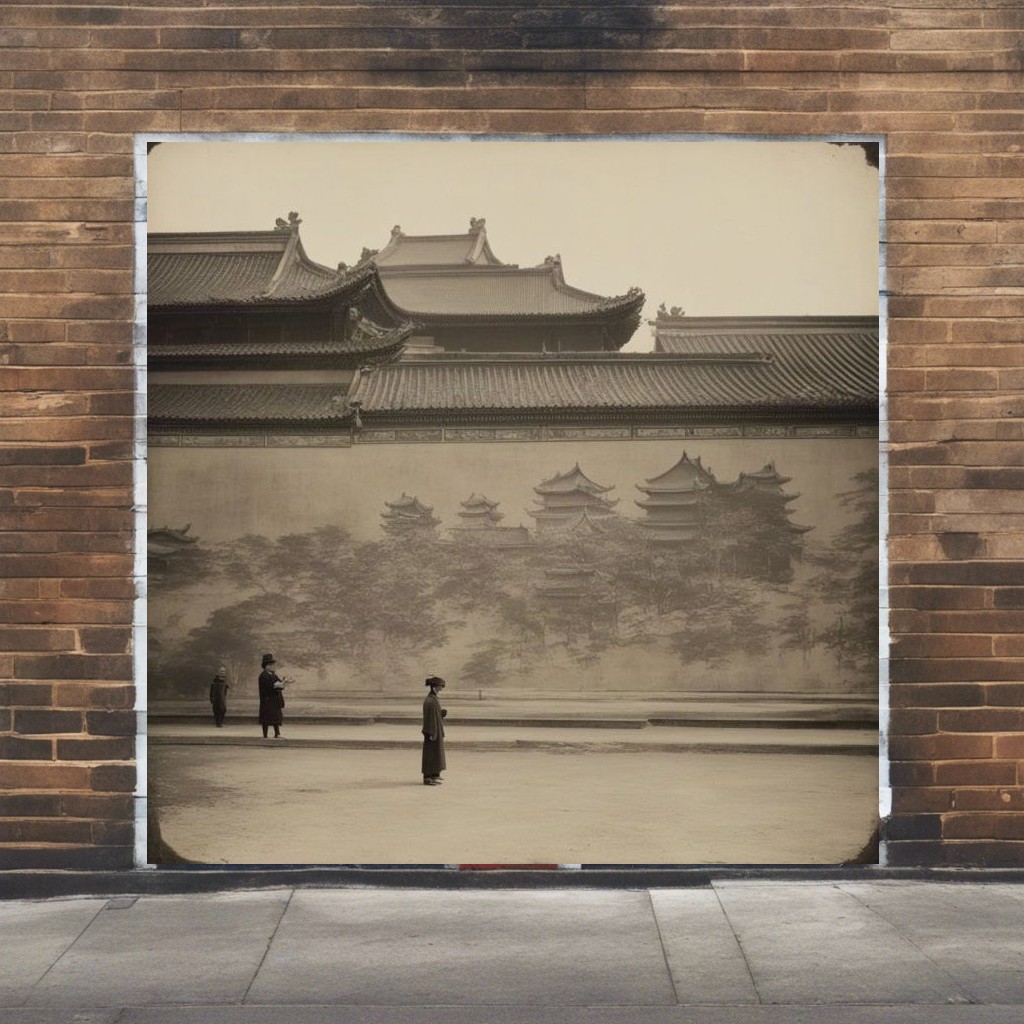Your cart is currently empty!
The Chinese Revolutions of 1911 and 1949

Summary
The Chinese Revolutions of 1911 and 1949 marked significant turning points in Chinese history. The 1911 revolution led to the overthrow of the Qing dynasty and the establishment of the Republic of China. The victory of the Communist Party in 1949 resulted in the creation of the People’s Republic of China.
Facts
The 1911 Revolution was a nationwide uprising against the Qing dynasty.
Sun Yat-sen was a key leader in the 1911 Revolution, aiming to establish a democratic republic.
The 1911 Revolution successfully ousted the Qing dynasty, making Sun Yat-sen the first president of the Republic of China.
Despite success, the new government faced challenges in establishing stability, leading to years of civil war and political turmoil.
The 1949 Revolution was a conflict between the Communist Party of China, led by Mao Zedong, and the ruling Nationalist Party.
The Communist Party emerged victorious, leading to the establishment of the People’s Republic of China.
The People’s Republic of China remains a communist state to this day.
Both revolutions had profound and lasting effects on China’s political and social structures.
The events paved the way for the establishment of new governments and political systems in China.
by
Tags: